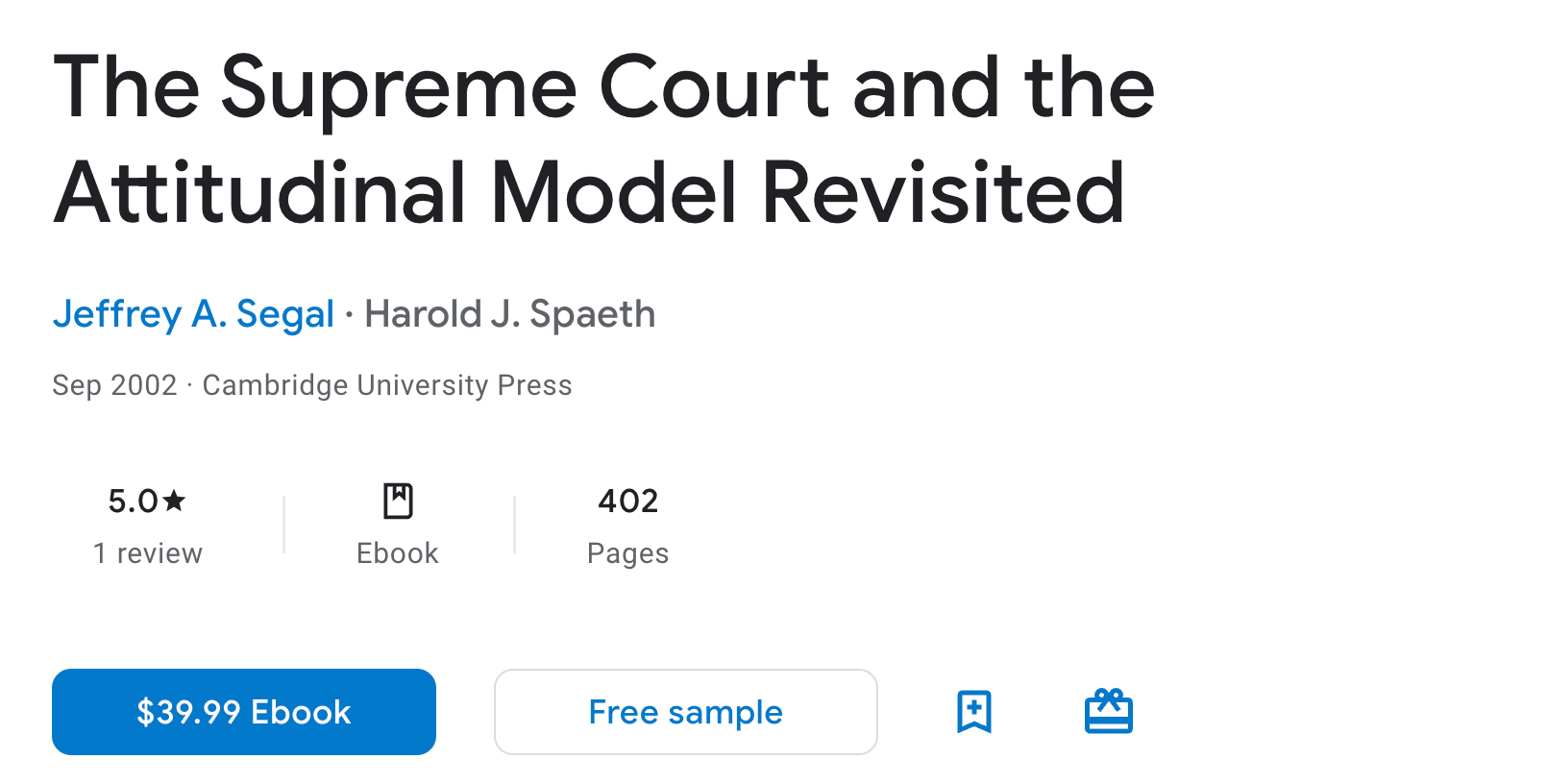A Textbook Paradox: The Puzzle of Price Dispersion in E-Books

The same e-book sells at very different prices on different platforms. For instance, the e-book version of The Supreme Court and the Attitudinal Model Revisited sells at $25.57 on Amazon and $39.99 on Google. (You can also buy a DRM-Free version for $39.99 on CUP). We can't attribute the price dispersion to search costs (which are essentially zero online) or product differentiation (all the readers are equally terrible). There is plausible value to the user in having all their books on one platform, but it seems implausible that the value is tens of dollars per book. Arguments for why Amazon or Google may want to subsidize an e-book, for e.g., to buy future sales, apply. But the price dispersion of tens of dollars being a highly targeted subsidy again seems unlikely. A more plausible explanation is that Amazon negotiated a deal with CUP to list the book at a lower price on Kindle, and CUP chose to maintain the same prices on other platforms to catch customers who aren't particularly price-sensitive. Whatever the cause, the practical takeaway for consumers is clear: shop around before buying any e‑book. See also: Rent-seeking: Why It Is Better to Rent than to Buy Books.

